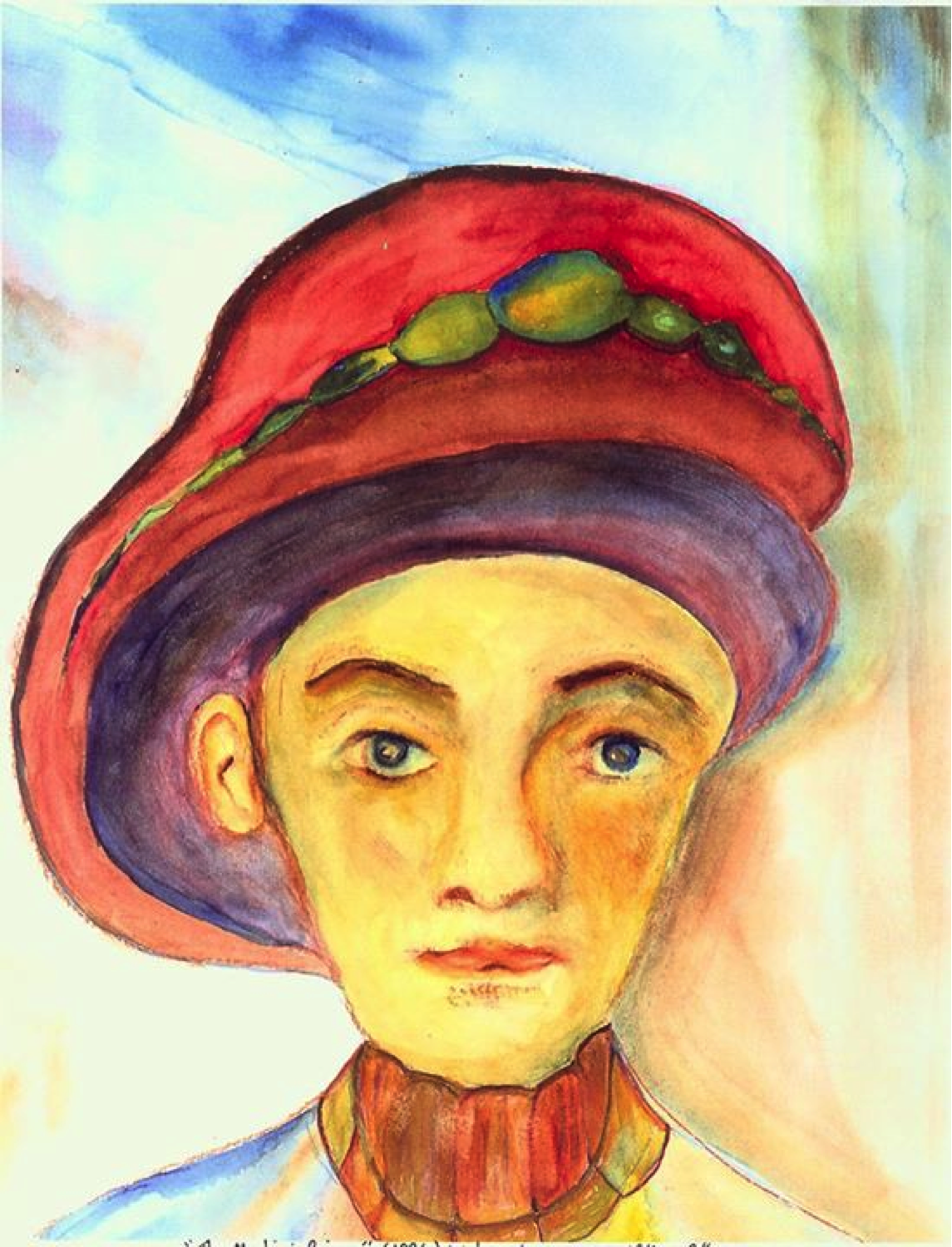Knowing what you want comes first, followed by where to look: Simple enough, but profoundly important finding and thriving with joy. We are taught to seek our happiness outside of ourselves — love, health, wealth, and other desired conditions that bring a sense of all is well. I propose that when we follow these cultural lessons however, we miss our objective by searching for something that we already have as the fabric of our mindbody self. In other words, we take joy with us on our journey, and assume that it comes from external conditions. Additionally, we learn to confuse happiness with joy. These learned perceptions create the illusion that good and bad fortunes are what determine our wellbeing.
To simplify my invitation for a paradigm shift, consider happiness as an external condition that makes you feel good, and define joy as an internal bliss waiting to unfold. Happiness triggers light-heartedness; joy embraces wisdom. Happiness is externally dependent, and joy is internally available, independent of external conditions.
The model I propose is easy to entertain, but difficult to implement because it requires a shift in the way we learn to conceptualize our world. Thus, any paradigm shift requires clear operational definitions and tools to implement what we learn, before we can assimilate the change. Let’s look at the essential ingredients that define happiness versus joy, and the internal and external contexts that trigger each condition.
Happiness: External conditions interpreted as desirable experiences. A sense of dancing with the moment, smiling, feeling fortunate: life is good, depending on good fortune.
Joy: Internal conditions interpreted as feeling grounded with sweet serenity, wisdom, and novelty: life is delightfully interconnected, independent of good fortune.
When my father passed away, I went to Rio de Janeiro to soothe my pain. The beauty of Ipanema Beach, the luxury of my hotel, and the exquisite meals, were external conditions not sufficient to bring me happiness. Conversely, after I learned the dynamics of joy, when my mother passed away, I went to our favorite restaurant, to celebrate with my children, having known my mother, and the wisdom I gained from her. The internal joy of embracing celebratory wisdom was stronger than the external conditions demarcating her end.
I am not suggesting however, a Pollyannaish disregard for the pain of mourning. Instead, I am arguing that when we can extract the wisdom and novelty inherent in joy, the vicissitudes of life become potential celebrations that can keep us healthy and hopeful for better days.
The importance of discerning the difference between happy and joyful experiences is that each has its unique unfolding, but more important, joy has a greater effect on wellness and relationships than happiness because joy is grounded on the most exalted human emotions (compassion, empathy, love) and the elevated cognitions (honor, admiration, service). Whereas happiness is based on pleasure, joy brings meaning to pleasure by adding wisdom and novelty. For example, have you noticed the joy of a meaningful discovery or experiencing a moment of wisdom? Happiness is hedonic, and joy is eudaimonic. Interestingly, the immune system responds more positively to pleasure with meaning (eudaimonic) than pleasure as the sole objective (hedonic).
Now, I invite you to practice discerning between hedonic and eudaimonic pleasure to enhance your happiness and take joy to paradise.

